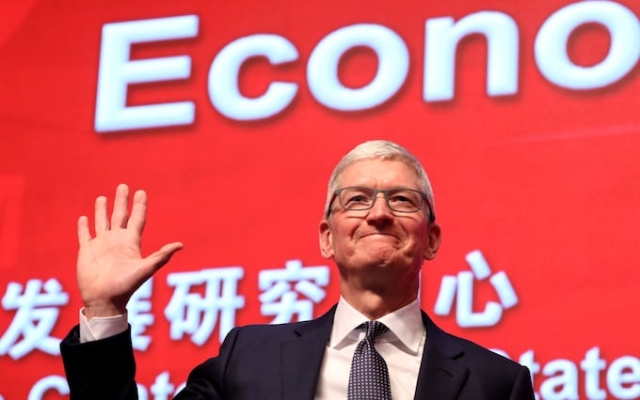 Tim Cook is considered the architect of Apple's «Made in China» product. strategy Photo: NG HAN GUAN/AFP
Tim Cook is considered the architect of Apple's «Made in China» product. strategy Photo: NG HAN GUAN/AFP
For years, eight words were written on the back of every iPhone: “Designed by Apple in California. Assembled in China.» The slogan illustrated the tech giant's two powerful bases: its headquarters in Silicon Valley and the manufacturing colossus it has become in the global factory.
Apple no longer puts words on the back of the iPhone. When the company launched a new website earlier this month dedicated to supplier transparency, the phrase was updated to read: “Designed by Apple in California. Made by people everywhere.”
Apple is gradually moving away from China as the long and mutually beneficial relationship between the corporate giant and the country begins to fray.
Data released by the company last week showing its relationships with hundreds of component and material suppliers showed that while China remains the tech giant's largest source of suppliers, it is gradually shifting elsewhere.
Last year, 156 of 465 manufacturing sites used by Apple suppliers were in China – 33.6%. This figure dropped from 35.2% and 36.4% in 2022 and 2021, respectively, and 46% five years earlier. The company relies heavily on supply chains in countries such as Vietnam, Taiwan and South Korea.
The huge factories where these parts are turned into finished Apple products are mainly located in China. But the situation is also changing.
According to JP Morgan, Apple assembled just 5% of iPhones and other gadgets outside China in 2022. However, the company reportedly hopes to produce a quarter of iPhones in India as early as next year. Last year's new iPhone models were the first to be made in India and China since launch.
Apple isn't the only one trying to move production out of China. Extended Covid-19 lockdowns there in 2021 and 2022, as well as political pressure, forced producers to look elsewhere. The American Chamber of Commerce in Shanghai found that last year, a fifth of U.S. firms operating in the country were looking to move production overseas, and two-fifths were looking to reallocate investments originally planned for China.
But Apple's move is symbolic. The company's slogan has been «Made in China» for nearly a quarter of a century, and Tim Cook, its chief executive, is considered the architect of that strategy.
The shift isn't just about manufacturing: Apple also faces growing concerns about its own business in China. country.
According to research firm Counterpoint, Apple lost its position as the market leader in smartphone sales in China in the first quarter of the year, falling to third place behind domestic manufacturers Vivo and Honor.
Its share of the Chinese smartphone market fell by 19. 1% to 15.7% — the lowest since 2020.
The company was supplanted by a resurgent Huawei, whose smartphone business was close to death but which emerged as a national champion after overcoming US development sanctions advanced microchips. Apple's position was not helped by Beijing ordering government officials not to use iPhones and other foreign devices.
On Thursday, Apple is expected to report quarterly results confirming the concerns. Analysts forecast the company's sales in China to be $15.9 billion (£12.8 billion), down 11% from last year and the third quarter in a row.
Concerns about Apple's troubles in China have caused the tech giant's share price to fall about 11% this year, wiping its market value by more than $300 billion.
There are more clouds on the horizon. China has become an increasingly assertive online regulator, ordering Apple to remove WhatsApp and Meta's Twitter rival Threads from its App Store in the country earlier this month.
A US bill to ban the Chinese-owned TikTok app, signed by President Joe Biden last week, could increase pressure on Beijing to respond accordingly, perhaps punishing a US company like Apple.
Meanwhile Donald Trump has said he will impose additional tariffs on Chinese imports if he wins the election next year. Those iPhones still assembled in China risk violating those rules.
If Apple comes under pressure to move overseas more quickly, it won't be easy, says Mark Zetter, an electronics industry consultant.
“Currently, nowhere on earth is there such dynamics and such supply chain infrastructure as in China. I just haven't seen that happen in my lifetime, that any destination could compete with China,” he says.
Cook, for his part, was committed to keeping the peace. “There is no supply chain in the world that is more important to us than China,” he told the state-run China Daily during a recent trip to the country. It will continue to be so. But Apple is gradually weakening its dependence on China.



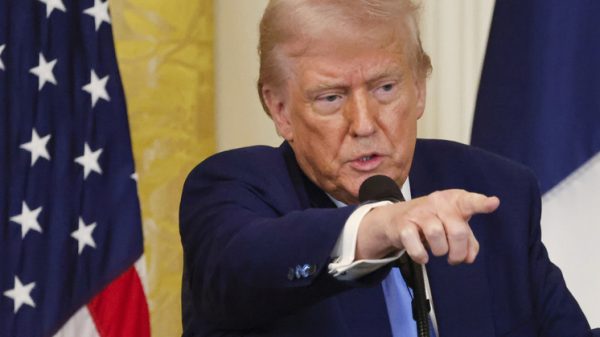
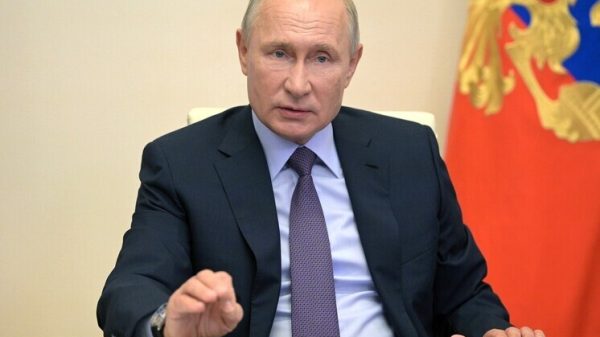













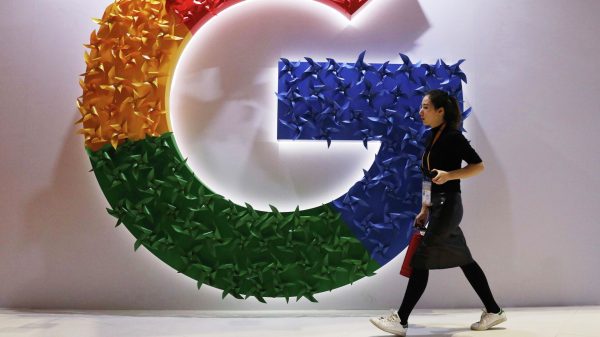









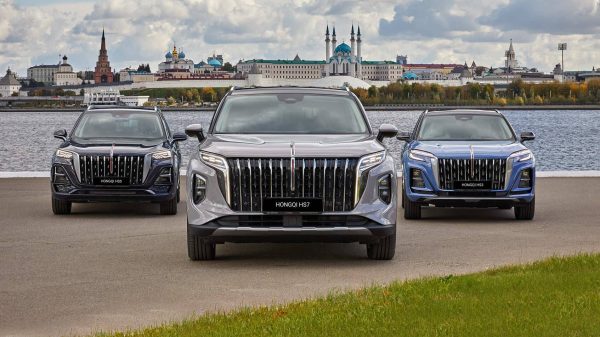







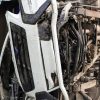



















Свежие комментарии